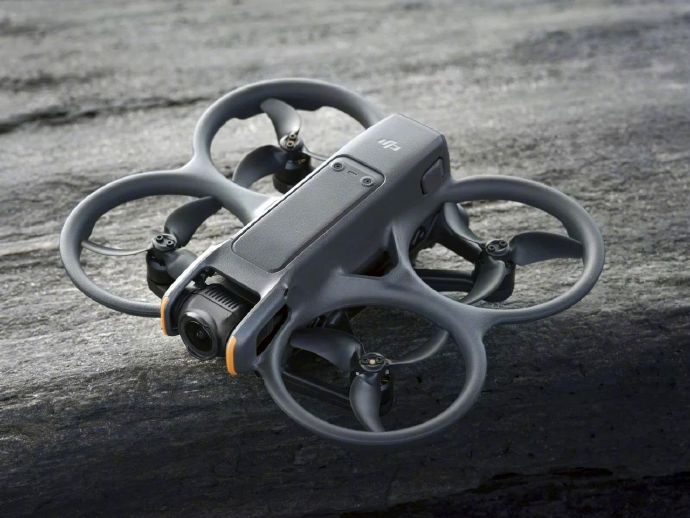Unveiling the Potential of Thermal Imaging Drones
Thermal camera drones utilize infrared sensors to capture and visualize heat signatures. This technology has broad applications across myriad industries. One prominent field benefiting from this advancement is firefighting. Drones can quickly assess wildfire spread by identifying hotspots, enabling firefighters to combat flames with strategic precision.
In search and rescue missions, thermal drones prove invaluable. They can scan vast areas efficiently, locating individuals by detecting their body heat even in challenging terrains. Moreover, these drones are instrumental in border surveillance and law enforcement agencies for monitoring activities discreetly.
Another notable use is in construction and infrastructure inspection. Thermal drones can reveal heat leaks in buildings, assisting in energy audits and ensuring structural integrity. By pinpointing areas that require maintenance, companies save resources by preventing further damage.

The Technical Components
The core technology behind these drones lies in their thermal imaging cameras. These cameras translate temperature data into visual images, allowing users to interpret them comprehensibly. Some models also integrate regular HD cameras, merging thermal data with high-resolution imagery for enhanced detail.
Moreover, advancements in artificial intelligence have allowed these drones to process and analyze data in real-time, alerting operators to critical changes in their environment promptly.
Application in Agriculture
A lesser-known application is in agriculture, where farmers use thermal drones to monitor crop health. By observing temperature variances, they can determine water use efficiency, detect diseases early, and assess overall plant vitality. This leads to optimized irrigation strategies, reducing waste, and maximizing crop yields.
Environmental Conservation Efforts
Thermal camera drones also play a crucial role in wildlife protection by monitoring habitat changes and detecting poachers without causing disruption with human presence. They offer conservationists insights into ecosystems, enabling protective measures tailored to each unique environment.
- Can thermal drones operate in all weather conditions? Answer: While thermal drones are versatile, their performance can be affected by extreme weather such as heavy rain or thick fog, which may inhibit their sensors’ accuracy.
- Are there privacy concerns associated with thermal drones? Answer:
 Yes, privacy is a concern. Regulations often dictate usage to prevent misuse in personal spaces without consent.
Yes, privacy is a concern. Regulations often dictate usage to prevent misuse in personal spaces without consent. - How do thermal drones contribute to cost savings in inspections? Answer: By identifying potential issues early, they reduce maintenance costs, preventing expensive repairs and enhancing the longevity of assets.
As the technology continues to evolve, the capabilities of thermal camera drones expand, promising more robust solutions to complex problems in surveillance, inspection, and beyond.